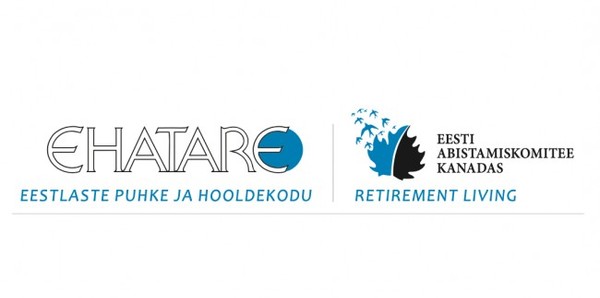Economic recovery mitigates risks to the Estonian financial system
The global economy continued to recover in the first half of 2010. This was reflected in the improvement in both economic activity and forecasts. However, government debts, which are soaring due to budget deficits, may pose a threat to further economic recovery and the functioning of financial markets.
Estonia's exports have been driven by growing external demand and the flexibility of companies. Goods exports increased by a fifth year-on-year during the first four months of 2010. Looking ahead, companies have to step up productivity in order to expand their market share.
In order to restore employment, it is necessary to implement measures boosting the competitiveness of employees in the labour market. According to Statistics Estonia, unemployment hiked to 19.8% in the first quarter of 2010. Although it has become somewhat easier to find work, unemployment will remain high in the coming years. The need to increase productivity sets different requirements to labour force as well.
Domestic price growth must be kept in check by promoting competitiveness and conducting efficient competition supervision. Inflation picked up in the first half of 2010, reaching 3% in May compared to the previous year. This was caused by price increases in external markets and tax rises in Estonia. However, inflation due to tax rises (which were made to improve the budgetary position) is of one-off nature. If price increases in the external environment subside, inflation in Estonia will slow in the second half of the year.
Risks to the functioning of the Estonian financial system have shrunk during spring, while risks arising from the external environment have grown. The financial position of the Estonian exporting sector is on the mend and low key interest rates are contributing to the decline in debt servicing costs. . Nevertheless, since some euro-area countries are experiencing a government debt crisis, uncertainties have arisen in the external environment in recent months. If the external environment deterioration continues, it is possible that assessments of the funding possibilities of banks and of the materialisation of a credit risk, which have improved over the past half a year, will worsen again.
The banking sector is likely to post a profit this year, since banks are making considerably less provisions to cover possible loan losses. Improvement in the credit portfolio quality of banks will take time, depending on economic growth and on the labour market situation. The share of loans overdue by more than 60 days will be about 6% in 2010 and it will start to decline next year.
Credit market activity has primarily been affected by subdued demand, but lending may also be inhibited by the planned amendments to legislation. From the point of view of credit market developments and financial stability it is important that the new act regulating the restructuring of household debts would neither deteriorate the repayment discipline nor increase transaction costs related to debt liabilities.
If the ECOFIN's decision on the adoption of the euro in Estonia is positive, preparations to gradually reduce the reserve requirement in Estonia will start in the second half of the year. Subsequent to the official accession decision, the current 15% reserve requirement will decline to 11% on 1 September and to 7% on 1 November. As from 1 January 2011, the reserve requirement will be 2% for liabilities with maturity below two years and 0% for liabilities with maturity over two years. Lowering the reserve requirement is not expected to bring along changes in banks' risk assessments and credit conditions, since the financial strength of our banking groups is rather good. It is likely banks will use the reserves becoming available to reduce their external debt.
(http://www.eestipank.info/pub/... )
16 June 2010
Economic policy statement of Eesti Pank
Eestlased Eestis | 21 Jun 2010 | EWR
Eestlased Eestis
TRENDING























